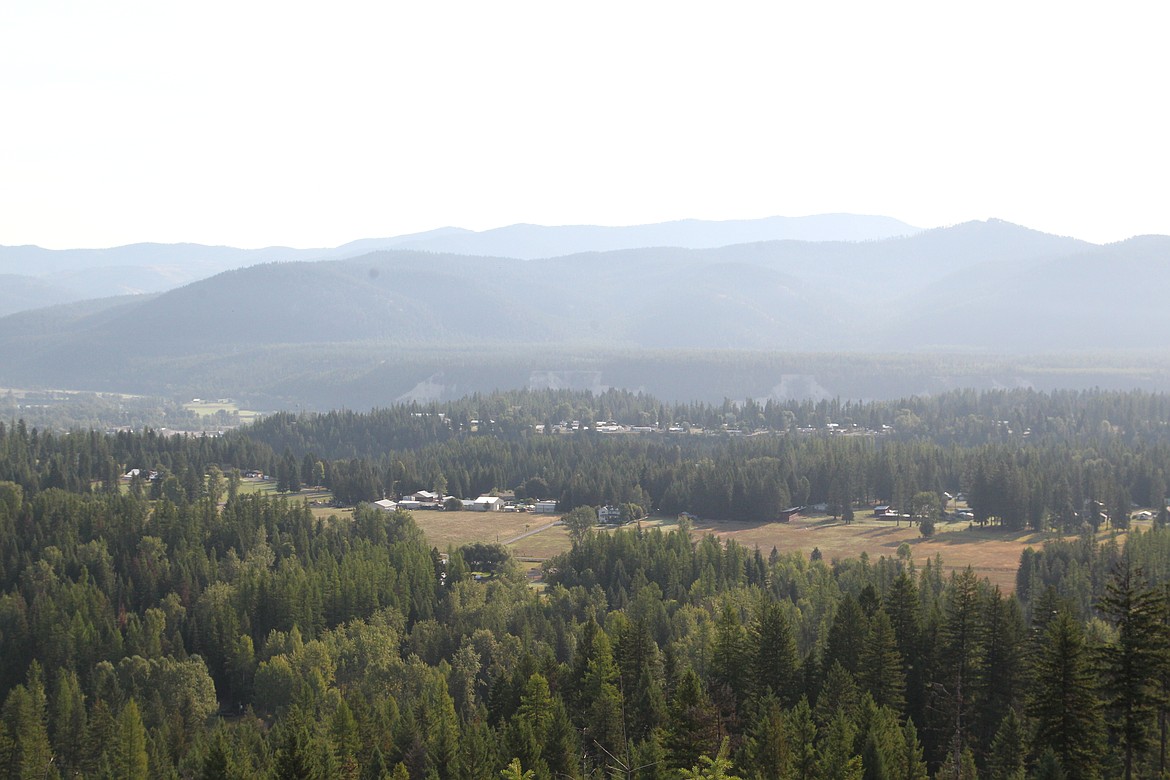Locals, Forest Service see hope for interface forest management
You’ll have to forgive Bruce Vincent’s enthusiasm when it comes to the potential he sees for the Kootenai Complex Project.
“It’s a game changer,” Vincent exclaimed at the July 27 Lincoln County Commissioners meeting...
Become a Subscriber!
You have read all of your free articles this month. Select a plan below to start your subscription today.
Already a subscriber? Login



